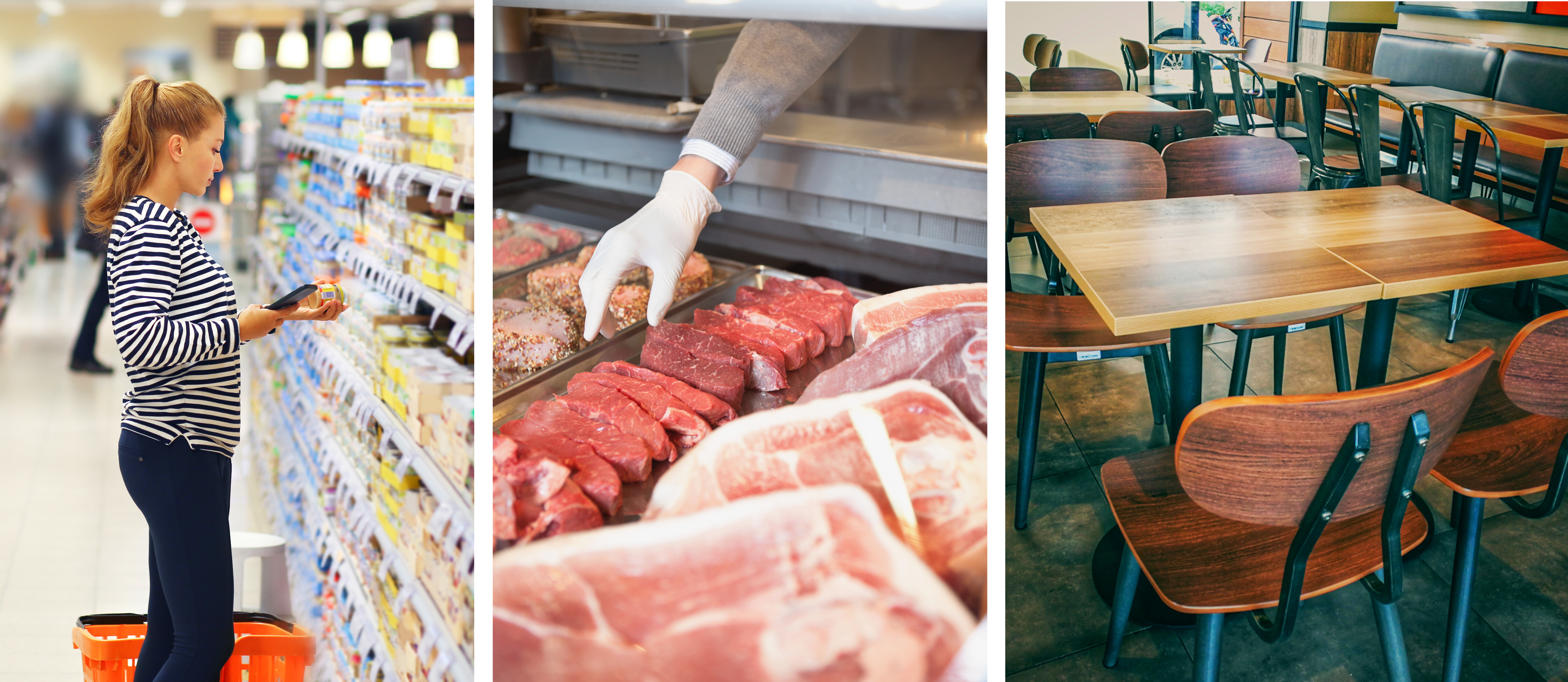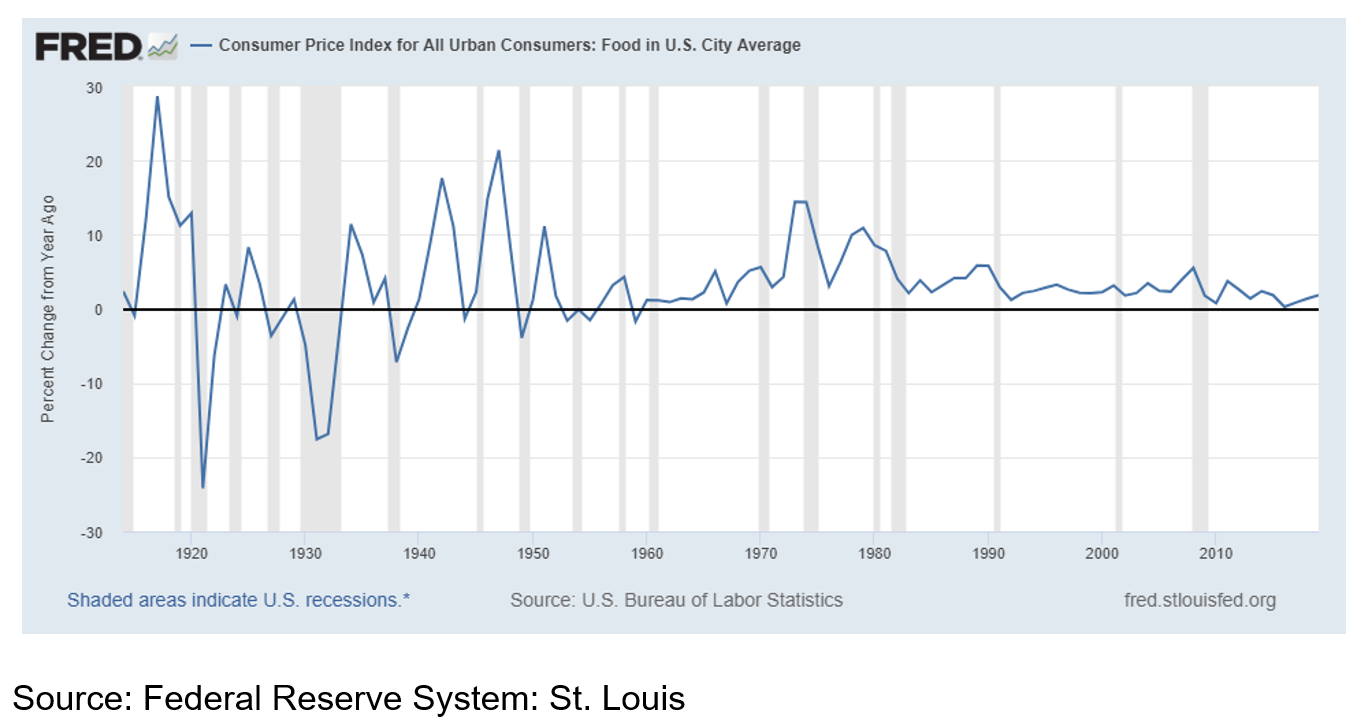COVID-19 and Food Price Inflation
COVID-19 and Food Price Inflation

The media has provided a lot of news stories of late on the impact of COVID-19 on the prices we are paying for food. A major disruption in our food supply chain coupled with an initial surge of panic buying by consumers would suggest that food prices would increase. But how much extra are we paying to feed our families? One consumer interviewed on the national news recently estimated that the “price of food had probably increased 20 to 30% during this pandemic.” Another report claimed that recent events have led to “the biggest food price increase is more than 50 years.”
Official data does indicate that food prices have increased, but likely well below what most people would predict. Earlier today (June 26, 2020), USDA released their monthly Food Price Outlook which revealed food prices for U.S. consumers increased 0.6% in May, following a 1.5% increase in April. These are relatively high individual monthly price changes, but food prices for 2020 remain comparable to food price changes over the past two decades.
Meat prices have fueled most of the food price inflation this year, up nearly 10% for the year led by higher egg (+8.0%) and beef prices (+ 6.7%). However, prices for other food items such as fruits and vegetables have remained fairly stable.
A major reason for the spike in meat prices over the past couple of months can be attributed to processing plant disruptions evolving from the Coronavirus. However, most of these plants are back running at near full capacity. Assuming future plant closures do not occur, look for food prices to moderate in the coming months as the supply system continues to adjust to protections put in place to minimize COVID-19 impacts.
For the year, food prices are up 2.3%, which is actually the average annual price increase over the past twenty years and much lower than what consumers experienced prior to the 1990s (see chart below) as consumers have benefitted from competition and efficiency gains within the retail food price space. For the year, USDA is projecting annual food price inflation to be in the 2 to 3% range.
The degree of food price inflation varies depending if the food was purchased for consumption at home (primarily grocery stores) or for consumption away from home (primarily restaurants). Price for food purchased for home preparation increased 0.8% from April to May 2020 and was 4.8% higher than May 2019. Prices for food purchased away-from-home increased 0.4% in May and was 2.9% higher than May 2019.
One final point has to deal with the weighting of the food price index which currently has food away from home accounting for 45% of the index --- way too high for the current dining out environment and thus tends to underestimate the price surge felt by today’s consumers eating most of their meals at home.
For more details on the June 2020 ERS/USDA Food Price Outlook, click here.

Author(s) Contact Information:
